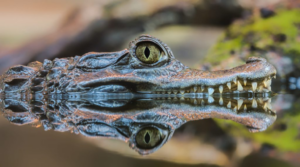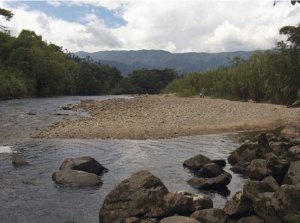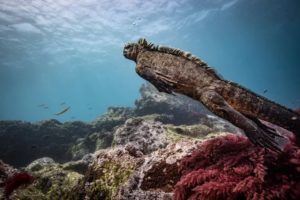Ecuador’s natural wonders are aplenty, and nestled within its Andean landscape, the formidable Imbabura volcano stands as a testament to the country’s captivating beauty. This millenary giant, with its rich history and awe-inspiring allure, has become an iconic symbol of Ecuador, drawing in explorers, adventurers, and nature enthusiasts from across the globe.
Majestic Presence on the Horizon
Dominating the province of Imbabura in northern Ecuador, the Imbabura volcano soars to an impressive height of 4,630 metres. Its snow-draped summit and distinct conical shape make it an unmissable feature in the scenic panorama. Surrounded by enchanting valleys, lakes, and charming villages, this volcano presents a sensory spectacle.

Foto: Visit Ibarra
A Mythical Past and Ancestral Significance
Embedded in the mythology and history of the region’s indigenous communities, the Imbabura volcano holds a pivotal role. According to Andean cosmovision, Imbabura is revered as a protective deity and a fount of life. More specifically, legends narrate tales of courageous heroes and heroines undertaking ascents to its summit in pursuit of wisdom and spiritual connection. Furthermore, today, locals continue to venerate this sacred volcano, evident in local festivities and rituals.
Trekking Adventures and Scenic Trails
For those in search of a distinctive encounter with nature, the Imbabura volcano presents a network of hiking trails, offering exploration of its surroundings and panoramic vistas. The ascent to its summit, though challenging, promises rewarding experiences, allowing one to stand amidst the clouds and marvel at the splendour of the Ecuadorian Andes from its pinnacle.

Foto: Tatoo Adventure Gear
Lush Ecosystem Diversity
The environs surrounding Imbabura volcano boast an astounding biodiversity. From its slopes to foothills, diverse ecosystems, including cloud forests and páramos, thrive. Moreover, these habitats shelter a plethora of flora and fauna, with some species being endemic and under protection. Witnessing vibrant birds, discovering exotic orchids, and being captivated by nature’s beauty creates an indelible experience for wildlife enthusiasts.
Enchanting Villages and Time-Honoured Traditions
Scattered around Imbabura Volcano are picturesque indigenous villages, where time-honoured traditions are meticulously preserved. Renowned for their handicrafts, vivid textiles, and vibrant markets showcasing indigenous products, these local communities add a cultural charm to the overall allure of Imbabura’s surroundings.

Foto: Adobe Stock



